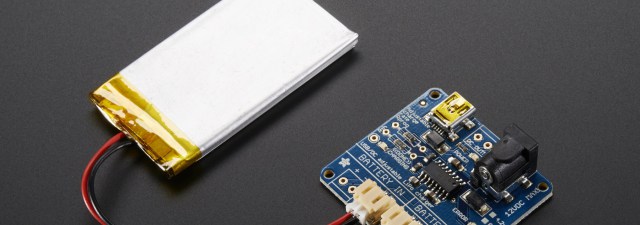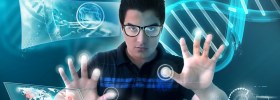The World Robot Conference was the location for the presentation of a series of robots that look like humans, capable of making facial expressions and performing certain tasks, such as calligraphy.
‘Art is what make us different from other living beings and, in the future, what could differentiate us from other animated beings, such as robots’, is a statement that is often heard when comparisons get a little too similar. However, some people may start to reconsider this idea, given the presentations at the most recent World Robot Conference. In China and Japan, calligraphy is considered an art while those practice it are considered artists. At the robotics exhibition, the elegant pen strokes, in honour of this thousand-year-old tradition, were made by a product of artificial intelligence.
Clearly there is a problem with this reasoning. When it is argued that art is the last differentiating factor between human beings and robots, emphasis is placed on creativity, a genuine attribute that would escape the logic of programming. In calligraphy, merits are valued, by and large, according to technical precision and refinement. No great amount of creativity was needed in the case of the robot wielding the pen, but rather, precision.
The robot’s ability to do calligraphy in not a unique trait that brings it a step closer to human beings. The robot is a physical replica that strongly resembles a person. When it comes to mobility, there are obvious differences from the fluid movements of a person, but the facial expressions are quite similar for some gestures. This was confirmed with another of the androids on display at the World Robot Conference, in Beijing.
In this case, the most outstanding robotic creation achievement were the facial expressions. Like the calligrapher, this machine is a replica that highly resembles a person, a young Asian woman, to be exact. The face of Jia Jia (as she was nicknamed) enlivened with blinking or movement of the eyes, or with a slight nod of approval. She can also speak, move her lips and make sounds, albeit in a digital tone. She is also capable of facial recognition, as well as identifying the gender and age of the person with whom she is speaking, and gesture interpretation.
These talking robots –the calligrapher, who represents an older Asian man, also speaks– pertain to the latest expressions of the branch of robotics that is trying to create machines that look like human beings. However there is one point at which, if a machine too strongly resembles a person, it ultimately provokes a feeling of revulsion. The so-called “uncanny valley” theory, though not 100% proven, is taken into consideration when designing these androids and there are even those designers who try to get around this problem in an artistic manner. The same path that robots cannot take to solve a problem, at least theoretically.









